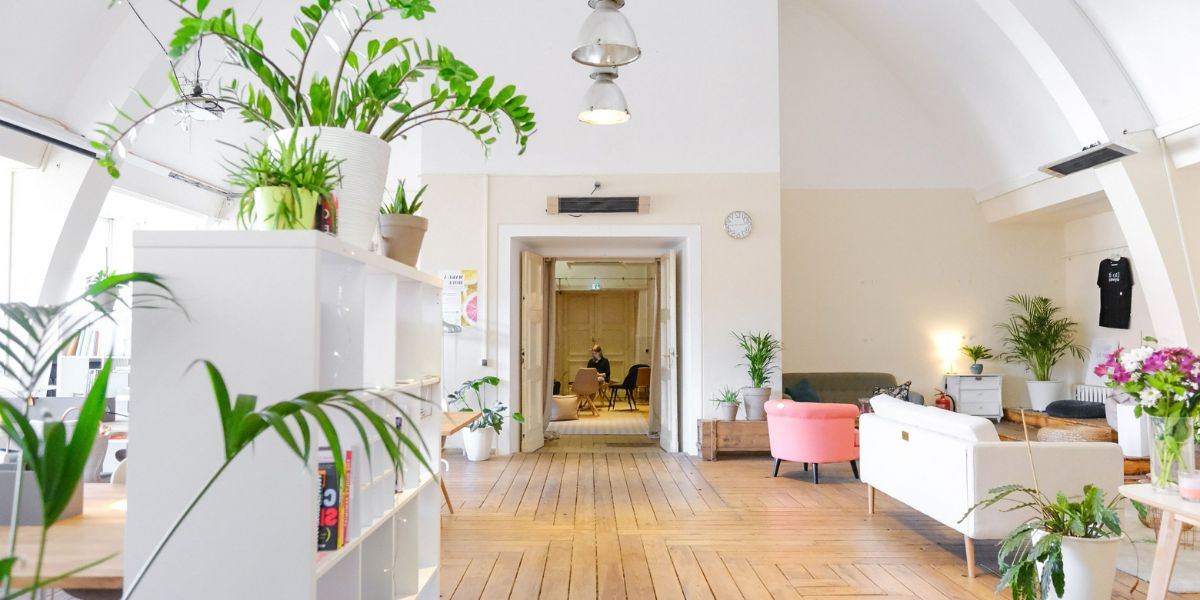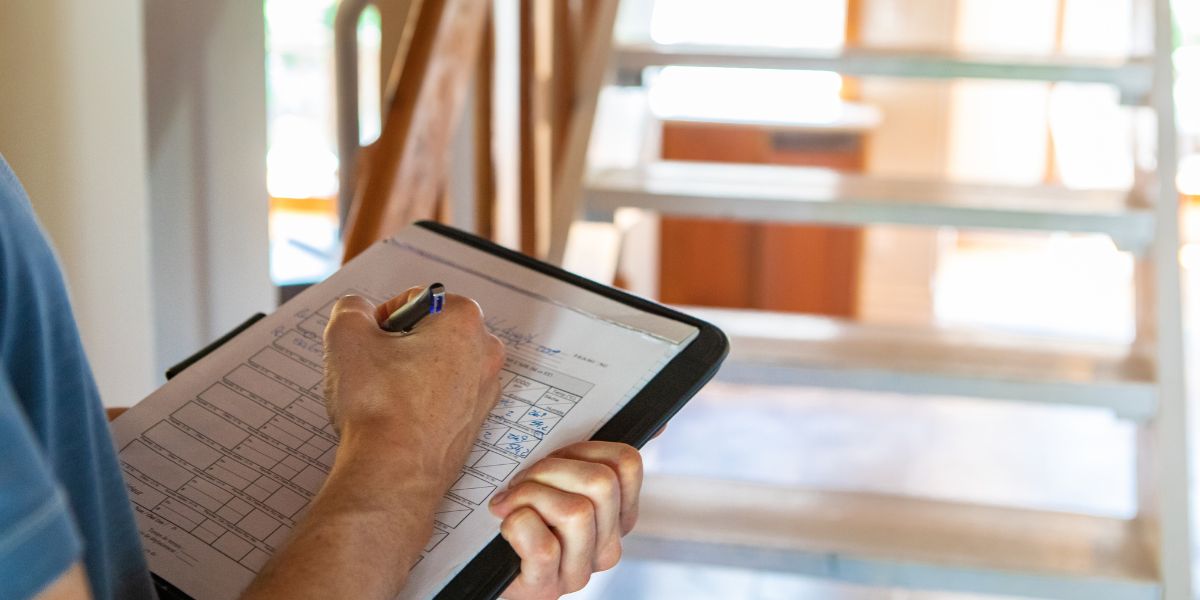Indoor environments are meant to be sanctuaries, shielding us from the external elements. However, lurking in the shadows, a potential threat exists – mycotoxins. Understanding these substances and how they infiltrate our homes is crucial for safeguarding our well-being.
Introduction to Mycotoxins:
Mycotoxins are toxic compounds produced by certain moulds in damp and humid environments. These moulds thrive in conditions with excessive moisture, poor ventilation, and organic material to feed on. The mycotoxins they produce can enter indoor spaces through various means.
Mycotoxins harm the structural integrity of buildings and pose a significant health risk to the occupants. The most common types of mycotoxins include aflatoxins, ochratoxin A, trichothecenes, and fumonisins. While mould spores are a natural part of the environment, mycotoxins elevate the concern, requiring a proactive approach to indoor air quality.

Common Sources of Mycotoxin Contamination Indoors:
In Australia, the sources of mycotoxin contamination are diverse. Leaky roofs, damp basements, and poorly ventilated bathrooms create the ideal breeding grounds for mould. Water damage from floods, plumbing issues, or high humidity can also contribute to mycotoxin production. Building materials like wood and drywall can absorb moisture, promoting mould growth and mycotoxin release.
Understanding the sources is the first step in mitigating mycotoxin issues. Regular inspections, prompt leak repair, and proper ventilation can significantly reduce the risk of mould growth and mycotoxin contamination. Homeowners must be vigilant, especially in high humidity or frequent rainfall areas.
How Mycotoxins Enter Indoor Environments:
Understanding the pathways through which mycotoxins infiltrate our homes is crucial. Mold spores, which carry mycotoxins, can enter buildings through windows, doors, and HVAC systems. They can also attach themselves to clothing, pets, or other items, gaining access to indoor spaces. Once inside, these spores settle on surfaces and release mycotoxins into the air, where they can be easily inhaled.
Maintaining a clean and well-ventilated living space is essential to mitigate the entry of mould spores and mycotoxins. Regular cleaning, effective ventilation systems, and proper sealing of windows and doors can all contribute to reducing the presence of these harmful substances.
Climate and Weather Conditions in Australia: Contributors to Mycotoxin Growth:
Australia’s diverse climate plays a significant role in mycotoxin contamination. The country experiences a range of climates, from tropical in the north to temperate in the south. High temperatures and humidity levels, particularly in coastal areas, provide favourable conditions for mould growth and mycotoxin production. Understanding regional weather patterns is crucial for anticipating and mitigating mycotoxin issues.
In tropical regions like Queensland and parts of New South Wales, where humidity levels can be consistently high, the risk of mycotoxin contamination is more pronounced. Similarly, areas prone to heavy rainfall, such as the tropical north, may experience higher mycotoxin contamination. Knowing regional climates enables homeowners to tailor preventive measures to their specific environment.
Specific Regions in Australia with Prevalent Mycotoxin Contamination Indoors:
Certain regions in Australia are more prone to mycotoxin contamination due to climate and environmental factors. Coastal areas with high humidity, such as Queensland and New South Wales, often face increased risks. Additionally, areas prone to heavy rainfall, like the tropical north, may experience higher mycotoxin contamination.
In these regions, residents should be particularly vigilant about preventing and addressing moisture issues in their homes. Regular inspections, timely repairs, and the use of dehumidifiers can be effective strategies for reducing the risk of mycotoxin contamination in indoor spaces.
Health Risks Associated with Exposure to Mycotoxins Indoors in Australia:
Exposure to mycotoxins can pose serious health risks. Respiratory issues, allergic reactions, and skin irritation are common symptoms. Prolonged exposure may lead to more severe conditions, including respiratory infections and mycotoxicosis. Individuals must be aware of these risks and take proactive measures to mitigate them.
In Australia, where mycotoxin exposure is a concern, individuals must be vigilant about their health. Recognising the symptoms early on and seeking medical advice can make a significant difference. If there’s a suspicion of mycotoxin exposure, it’s advisable to consult healthcare professionals familiar with the potential health impacts associated with indoor mould exposure.
Air Quality in Australia: A Vital Consideration:
As we delve into the complexities of mycotoxin exposure indoors, we must consider the broader context of indoor air quality in Australia. The air we breathe indoors directly impacts our health and well-being. With its diverse climates, Australia faces unique challenges in maintaining optimal indoor air quality.
Indoor air quality in Australia can be influenced by factors such as building design, ventilation systems, and the presence of pollutants. Mycotoxins add another layer of complexity to this issue. Adequate ventilation reduces the concentration of airborne mould spores and mycotoxins. Regular maintenance of HVAC systems, dehumidification in humid climates, and proper building materials ensure healthy indoor air.
Australia is fortunate to have experts in indoor air quality testing, such as Jason Chapple and Graham Singleton from Air Quality Australia. Their commitment to providing accurate and reliable testing services has been instrumental in helping individuals identify and address indoor air quality issues, including mycotoxin contamination.

Expert Testing Services in Australia:
For those concerned about mycotoxin exposure, expert testing services are essential. Jason Chapple and Graham Singleton from Air Quality Australia are recognised authorities in the field, providing the best testing services in the nation. Their expertise and advanced testing methods ensure accurate and reliable results, empowering individuals to make informed decisions about their indoor environments. As we strive for healthier living spaces, partnering with experts like Chapple and Singleton becomes crucial in safeguarding our homes and well-being.
Understanding mycotoxins and their entry into indoor environments is fundamental for creating safe and healthy living spaces. As we strive to enhance our living conditions, considering and improving indoor air quality in Australia is paramount. By addressing the root causes of mycotoxin contamination, implementing proactive measures, and seeking expert testing services, we can create homes that nurture our well-being and promote a healthier, safer future.

